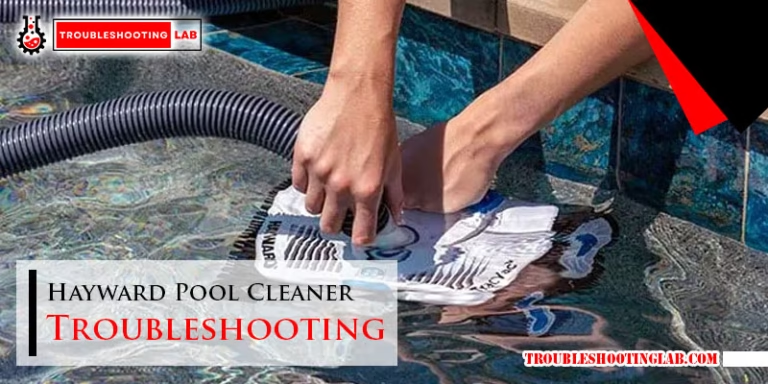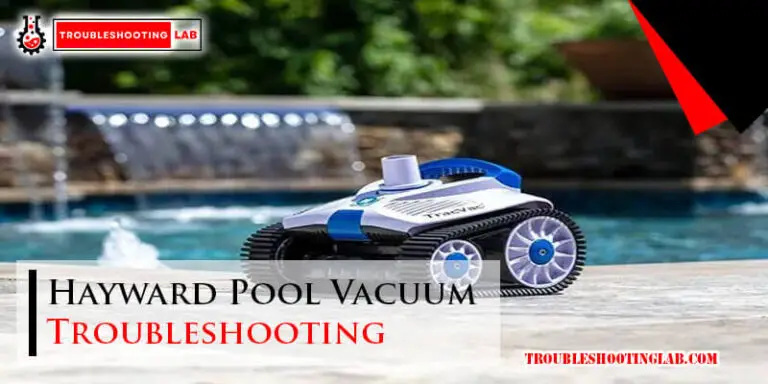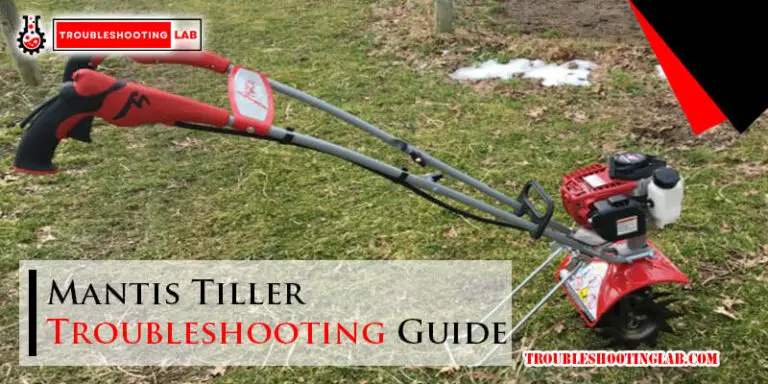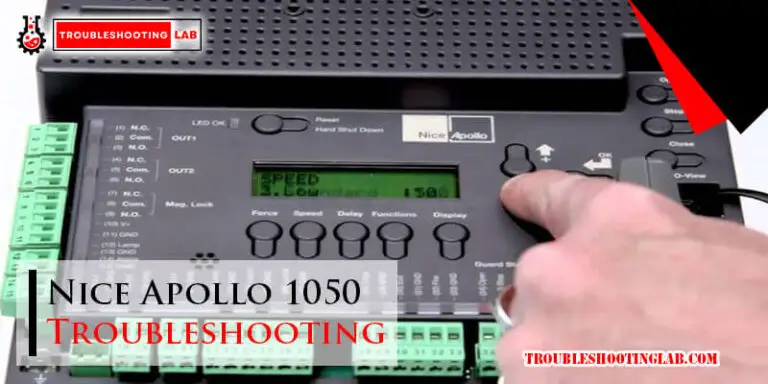Stihl Blower Troubleshooting: Quick Fixes and Expert Tips
Stihl blowers are known for their reliability. But even they can have issues.
Is your Stihl blower acting up? It can be frustrating when your trusted tool fails to start or runs poorly. Troubleshooting your Stihl blower doesn’t have to be a headache. In this guide, we will help you identify common problems and solutions.
From minor fixes to more serious repairs, understanding what’s wrong can save you time and money. Whether you’re a seasoned pro or new to using blowers, our step-by-step approach will be easy to follow. So, let’s dive in and get your blower back in perfect working order!

Credit: www.reddit.com
Common Issues
Stihl blowers are reliable and efficient. Still, they sometimes face common issues. Understanding these issues can help you fix them quickly. Below, we discuss two primary problems: a blower that won’t start and a blower that runs rough.
Blower Won’t Start
A blower that won’t start can be frustrating. Here are some common causes:
- Empty Fuel Tank: Check if the fuel tank is empty. Fill it with fresh fuel.
- Old Fuel: Fuel older than 30 days can cause problems. Replace with fresh fuel.
- Spark Plug Issues: Remove and inspect the spark plug. Clean or replace if necessary.
- Clogged Air Filter: A dirty air filter can block airflow. Clean or replace the filter.
Blower Runs Rough
If your blower runs rough, it may be due to several reasons. Here are some common culprits:
- Dirty Carburetor: A dirty carburetor can affect performance. Clean the carburetor to restore smooth operation.
- Improper Fuel Mixture: Ensure you use the correct fuel mixture. Follow the manufacturer’s guidelines.
- Worn Spark Plug: A worn spark plug can cause rough running. Replace the spark plug if it looks damaged.
- Clogged Fuel Filter: A clogged fuel filter can restrict fuel flow. Replace the fuel filter.
These are some common issues and solutions for Stihl blowers. Regular maintenance can help prevent many of these problems. Always refer to your user manual for specific instructions.
Fuel System Problems
Stihl blowers are reliable machines, but sometimes they face fuel system problems. These issues can affect performance and make the blower hard to start. Understanding common problems helps fix them quickly.
Fuel Mixture Issues
Incorrect fuel mixture can cause major problems. Stihl blowers need a specific mix of gasoline and oil. The recommended ratio is 50:1. Using too much oil leads to smoke and poor performance. Too little oil can damage the engine.
- Ensure you use fresh gasoline.
- Mix the fuel properly before filling the tank.
- Use a measuring cup to get the right ratio.
Clogged Fuel Filter
A clogged fuel filter can block fuel flow. This makes the engine sputter or die. Regularly check and clean the filter to avoid this issue.
Steps to check the fuel filter:
- Turn off the blower and let it cool.
- Remove the fuel cap and pull out the fuel filter.
- Inspect for dirt and debris.
- Clean the filter or replace it if necessary.
Keeping the fuel filter clean ensures a smooth-running engine.
Air Filter Maintenance
Maintaining the air filter in your Stihl blower is crucial. A clean air filter ensures your blower runs smoothly. It also prevents engine damage. Regular maintenance extends the lifespan of your blower. Let’s look at how to clean and replace the air filter.
Cleaning The Air Filter
First, turn off your Stihl blower. Remove the cover of the air filter. Take out the filter and inspect it. If it looks dirty, it’s time to clean it. Use a brush to remove loose dirt. Wash it with soap and water. Allow it to dry completely. Once dry, place the filter back. Secure the cover tightly.
Replacing The Air Filter
Sometimes, cleaning isn’t enough. If the filter is damaged, replace it. First, purchase a compatible Stihl air filter. Remove the cover and old filter. Install the new filter in the same place. Make sure it fits snugly. Replace the cover and secure it. Your blower is now ready to use.
Spark Plug Issues
Spark plug issues are common with Stihl blowers. They can affect performance and start-up. A faulty spark plug can cause misfires or no-starts. Regular checks and maintenance can prevent these problems.
Checking The Spark Plug
First, ensure the blower is off and cool. Remove the spark plug boot. Use a spark plug socket to unscrew the plug. Inspect the spark plug for damage or deposits. A healthy plug should be clean and light brown. If it’s black or oily, it’s likely fouled.
Check the electrode gap with a feeler gauge. Refer to the Stihl manual for the correct gap. Adjust the gap if necessary. Replace the spark plug if it looks worn or damaged. Cleaning may help but won’t fix severe issues. Regular checks can help maintain blower performance.
Replacing The Spark Plug
Start by purchasing the correct spark plug for your Stihl blower. Refer to the user manual for specifications. Ensure the blower is off and cool. Remove the old spark plug with a socket wrench.
Carefully screw in the new spark plug by hand. Avoid cross-threading. Once hand-tight, use the socket wrench to snug it up. Do not over-tighten as it can damage the threads.
Reconnect the spark plug boot securely. Test the blower to ensure proper function. Replacing the spark plug is a quick fix. It can significantly improve performance. Regular replacement is key to a healthy blower.
Carburetor Adjustments
Maintaining your Stihl blower involves making precise carburetor adjustments. These adjustments ensure the blower operates efficiently. Correct carburetor tuning can solve many performance issues. Let’s explore the critical aspects of this process.
Idle Speed Adjustment
The idle speed adjustment controls the engine’s speed at rest. If the engine stalls or runs too fast, adjust the idle screw. Turn it clockwise to increase speed. Turn it counterclockwise to decrease speed. Make small adjustments and check the engine’s response.
Fuel Mixture Adjustment
The fuel mixture adjustment ensures the right balance of fuel and air. This balance is crucial for engine performance. Locate the fuel mixture screws on the carburetor. The “L” screw adjusts the low-speed mixture. The “H” screw adjusts the high-speed mixture. Turn each screw gently to find the optimal setting.
If the engine runs lean, it may overheat. If it runs rich, it may smoke and waste fuel. Adjust in small increments and test the blower. Listen to the engine’s sound to ensure smooth operation.

Credit: www.reddit.com
Exhaust Problems
Exhaust problems in a Stihl blower can affect its performance. Addressing these issues ensures your blower runs smoothly. Two common exhaust problems are a clogged spark arrestor and a blocked muffler. Let’s delve into each of these issues.
Clogged Spark Arrestor
The spark arrestor prevents sparks from exiting the exhaust. Over time, it can get clogged with soot and debris. This blockage can reduce the blower’s power and efficiency. To clean it, remove the spark arrestor screen. Use a wire brush to scrape off the buildup. If it’s too dirty, consider replacing the screen. Regular maintenance of the spark arrestor keeps the blower working optimally.
Blocked Muffler
A blocked muffler can also cause exhaust problems. Debris and carbon deposits can clog the muffler, reducing airflow. This can lead to poor engine performance and increased noise. To fix this, remove the muffler from the blower. Clean the inside with a brush and solvent. If cleaning doesn’t help, you may need a new muffler. Keeping the muffler clean ensures better engine efficiency and quieter operation.
Electrical System Checks
Experiencing issues with your Stihl blower can be frustrating. The electrical system is often the culprit. Checking the electrical components can help diagnose the problem. This section will guide you through inspecting the ignition coil and checking wiring connections.
Inspecting The Ignition Coil
The ignition coil is crucial for starting the blower. Begin by removing the spark plug. Check the ignition coil for visible damage. Use a multimeter to test the coil’s resistance. Compare the reading to the manufacturer’s specifications. If the coil is faulty, replace it.
Checking Wiring Connections
Loose or damaged wiring can prevent the blower from starting. Inspect all wiring connections for signs of wear. Ensure each connection is secure. Look for frayed wires or corrosion. Clean and tighten any loose connections. Replace damaged wires as needed.

Credit: www.youtube.com
Maintenance Tips
Maintaining your Stihl blower ensures it runs efficiently and lasts longer. Regular maintenance can prevent many common issues. Here are some essential maintenance tips.
Routine Cleaning
Regular cleaning keeps your Stihl blower in top shape. Remove debris from the blower’s exterior after each use. This prevents dirt build-up. Clean the air filter frequently. A dirty air filter reduces performance. Wash it with soapy water and let it dry completely.
Inspect the spark plug every month. Clean it if dirty. Replace it if worn out. Check the fuel filter for clogs. Replace it if necessary. Clean the cooling fins to avoid overheating. Use a soft brush to remove dust and debris.
Seasonal Storage
Proper storage is crucial during the off-season. Empty the fuel tank before storing the blower. This prevents fuel from degrading and clogging the system. Run the engine until it stops to clear any remaining fuel. Clean the blower thoroughly.
Store the blower in a dry, cool place. Keep it away from direct sunlight. Cover it to protect from dust. Inspect the blower for any damage. Repair or replace any worn parts before storing.
Frequently Asked Questions
Why Won’t My Stihl Blower Start?
Check the fuel. Ensure it’s fresh. Inspect the spark plug for wear. Clean the air filter.
How Do I Clean A Stihl Blower Air Filter?
Remove the filter. Wash with soapy water. Rinse and let it dry completely before reinstalling.
What Causes My Stihl Blower To Lose Power?
Clogged air filter. Dirty fuel filter. Worn spark plug. Check and clean these parts regularly.
How Do I Replace The Spark Plug In A Stihl Blower?
Remove the old spark plug. Install the new one. Tighten it securely. Reconnect the spark plug wire.
Why Is My Stihl Blower Vibrating Excessively?
Check for debris in the fan. Inspect for loose screws or damaged parts. Clean and tighten as needed.
Conclusion
Regular maintenance and simple checks can keep your Stihl blower running smoothly. Always inspect the fuel, air filter, and spark plug first. Listen for unusual noises or vibrations. Clean and replace parts as needed. If problems persist, consult a professional.
A well-maintained blower ensures efficient yard work. Keep these tips in mind for a hassle-free experience. Happy blowing!






